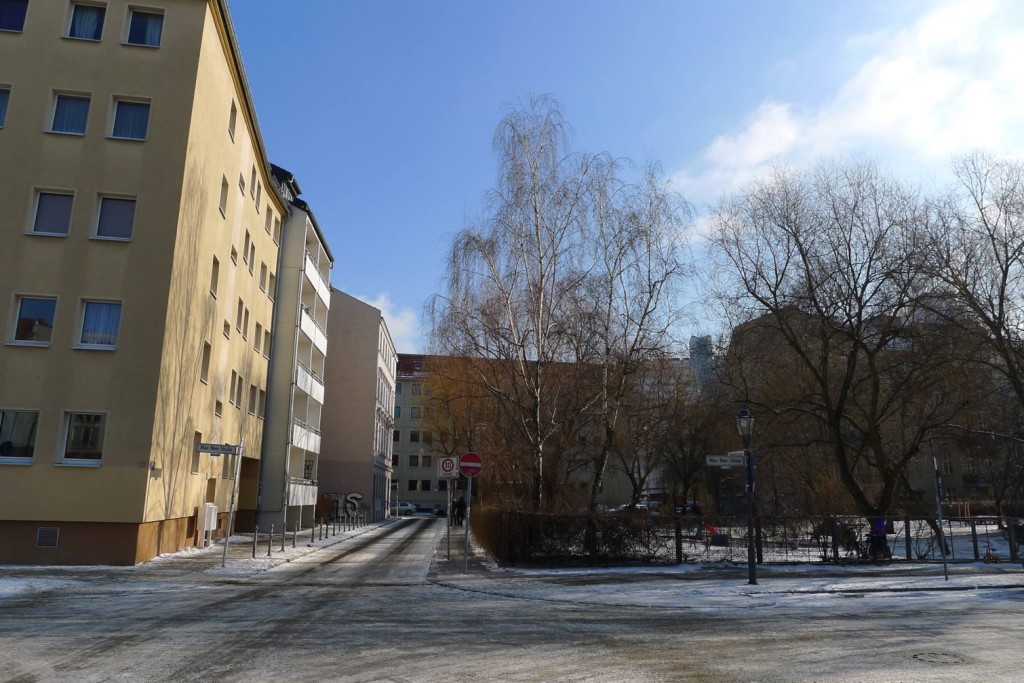How does gentrification sound like?
In the context of Peter Cusack‘s „Favourite Sounds Project“, Prof. Sam Auinger and his students from the Sound Studies Programme at UdK Berlin are creating projects that deal with the history and the urban changes of two localities in Prenzlauer Berg.
The results are pieces generated at Kollwitzplatz and the southernly Schendelpark which try to confront with historical or distant sound situations or make auditory explorations of habitats of those two places.
Sonja Heyer
„Stadterneuerung: Lebensräume für wen?“
Urban spaces like Kollwitzplatz or Rosa-Luxemburg-Platz in Berlin have faced a remarkable change during the last 20 years. After the end of the Cold War a boom of construction and reconstruction works started in the centre of the city that lasts until today. The current mixture of houses at these places represents the different needs and functions of different historical periods like the “Gründerzeit” of the late 19th century, the time after WW II, when the East German government started a program to build cheap living houses and the last 20 years, when a recapitalization of real estate took place and led to a boom of construction works.
“Birds in the city – living space for whom” is a research about the relationship between the qualities of houses and living spaces for birds in this area.
When I first strolled around Rosa-Luxemburg-Platz and Schendelgasse I realized that a certain kind of living house with a specific quality of façade offers nesting opportunities for birds whereas other houses prevent this.
East German living houses that were built during the 70ies and 80ies were usually made by concrete slabs with gaps in between. Actually, these gaps should have been closed afterwards to increase the energy efficiency of the house but that never happened in cause of financial straits. So, these gaps became perfect spots for bird nests. Another typical feature of these houses have been big balconies. Many people used them for planting something and for hanging up food for birds. This tradition has survived.
Old houses from the 19th century as well as new ones from the last 20 years have usually plain and smooth facades that do not offer any gap or facility for nesting birds. Only gutters are sometimes used in this way. But usually long metal needles on roofs and windowsills drive birds away although inhabitants of modern town houses are longing for more nature in the centre of the city.
I have made a map with all places in and around Schendelgasse, resp. Max-Beer-Straße and Almstadtstraße where birds have living spaces and where they build nests. On the attached list you can find out the qualities of the spot. One can recognize a remarkable correlation of the quality of houses and living spaces for birds and draw conclusions for urban planning.
____________________________________________________________________________________
modul I | 30. June 2012
